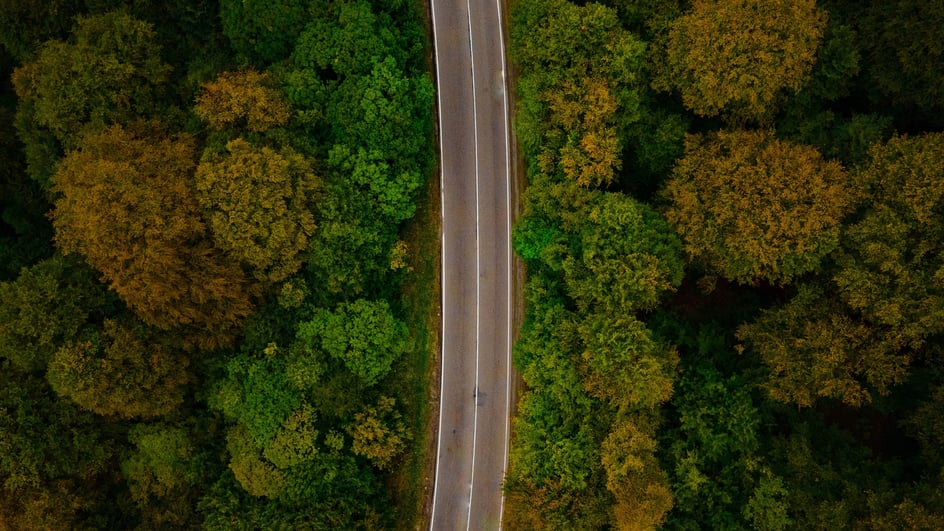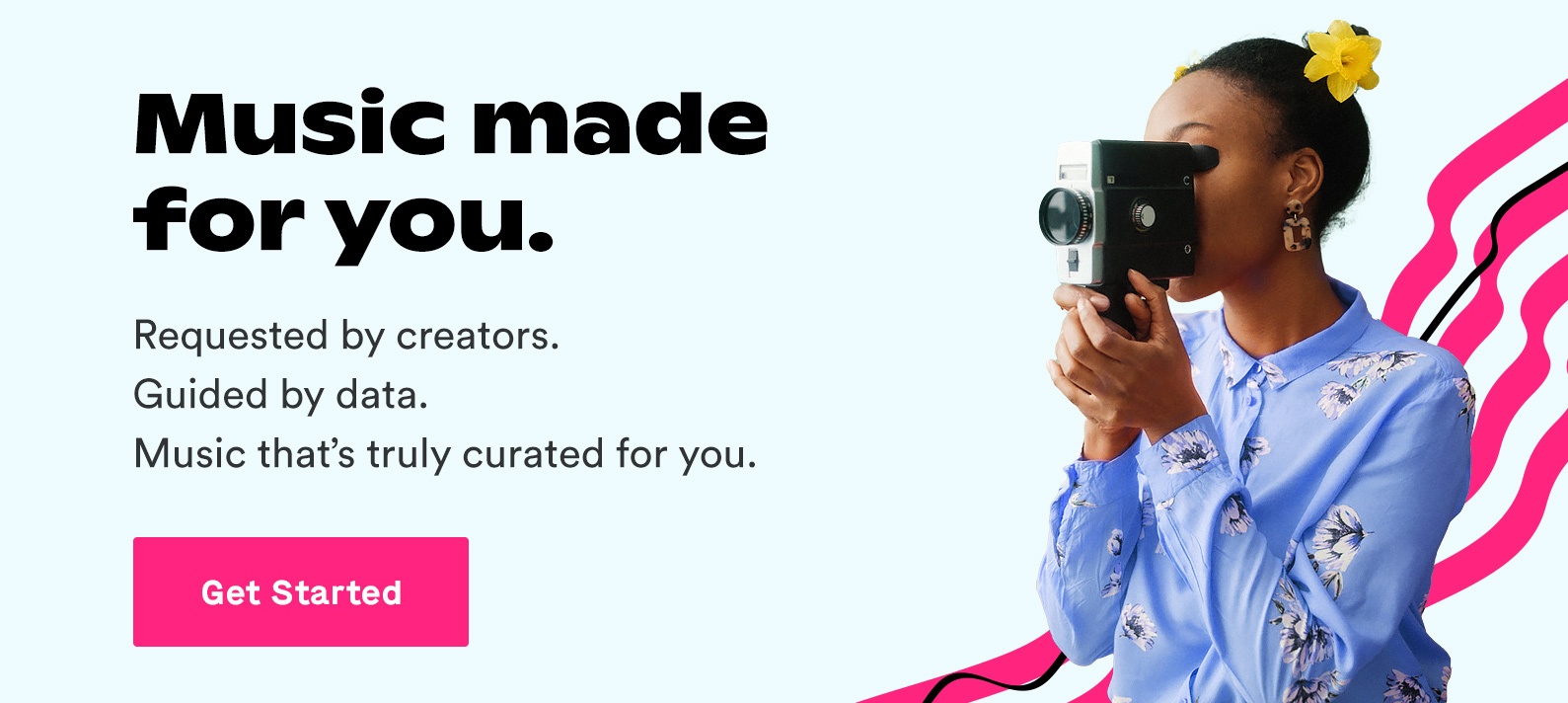
Dec 7, 2020
As a filmmaker or videographer, you’re cognizant of the ways camera shots achieve different on-screen effects.
Capturing minute details and facial expressions requires a close perspective — but if the entire project is filmed through close-up shots, the setting is lost on the viewer. This is why it’s important to diversify your shot list and strike the right balance between close and distanced shots.
If you need to keep more of the setting in view, wide shots and overhead shots are a good choice. For scenes that require more distance between the camera and what is being filmed, aerial shots are your best option.
When using aerial footage for your video production or film project, you can either capture your own footage or license another creator’s footage. In this blog post, we break down everything you need to know — legally and practically — about capturing and finding the best aerial shots.
Capturing Your Own Aerial Shots
We won’t lie to you — capturing your own aerial footage isn’t as simple as any of us would like.
Whether you’re capturing footage for commercial or personal use, you have to check a few legal boxes before you get started.
Drones are the gear of choice for many filmmakers, and for good reason. The equipment is easy to operate, compact enough to travel with, and captures cinematic-quality footage. To fly a drone, however, you have to register the gear, become FAA-certified, and know how to abide by the rules.
1. Register Your Drone
Before you can legally fly a drone, you need to register your drone with the FAA. If your drone weighs less than 55 pounds and is intended for commercial use, you’ll specifically need to register under Part 107.
Long time drone-users should be well-versed in Part 107 regulations, but for first timers, Part 107 isn’t as common knowledge as you would think.
Essentially, this type of registration gives you the go-ahead to fly a drone at 400 feet during the day as long as the drone is within your line of sight. You can film for commercial use, but there are a few exceptions to this rule — which we’ll discuss more later.
The registration process is fairly straightforward and inexpensive. With a $5 registration fee, anyone 13 years old or older can apply for registration. After you register online for the first time, the registration must be renewed every three years.
2. Become A FAA-Certified Drone Pilot
The next crucial step in the process is to apply to become a FAA-Certified Drone Pilot. Similar to drone registration, you’ll need to regularly renew your certification. In this case, your certification lapses after two years.
To get certified for the first time, you have to be at least 16 years old and pass an aeronautical knowledge exam. This exam is intensive — covering emergency procedures, preflight inspections, flight operation, and more.
Once you pass the exam, you’ll complete the FAA Form 8710-13 and a TSA security background check. Then you’ll receive a temporary electronic certificate until the permanent physical copy arrives by mail.
Anytime you fly your drone — during commercial filming or otherwise — it’s important to keep this certificate on your person. Even when you’ve gone through the proper legal steps, you still need to have the certificate readily available in order to legally fly your drone.
3. Know The Rules And Request Waivers
With a registered drone and pilot certification, you’re ready to capture your own aerial footage but don’t actually have the all-clear to film anywhere at any time.
The Part 107 regulations are in place to ensure that operations go smoothly and safely, and overlooking the guidelines can lead to hefty fines. Specifically, up to $27,500 in civil penalties and up to $250,000 in criminal penalties.
This is to say — the rules are your new best friend.
As mentioned earlier, you can fly a drone up to 400 feet above ground level or a structure (i.e. a building, etc.). But there are plenty of exceptions to this rule.
Let’s say you’re producing a film and want to get aerial footage at the Grand Canyon National Park. Before you set foot on national park territory, you should know that drones are prohibited in 417 national parks, 23 trails, and 60 rivers managed by the National Park Service.
On the slim chance that you film in a national park without being stopped, you’ll face expensive fines and possibly a lawsuit when your video or film debuts publicly.
To legally fly a drone, you should be aware of other safety regulations and rules:
- You can only fly your drone during daylight hours.
- With anti-collision lights, you can fly 30 minutes before sunrise and 30 minutes after sunset.
- You can’t fly over public events and non-participating people without a waiver.
- If the weather conditions are poor, you need to have at least three miles of visibility.
- Before you fly a drone, you need to conduct a preflight inspection.
- You should never fly near other aircrafts.
If you need to capture aerial footage at night — or for any other unauthorized circumstance — you need to apply for a waiver and pay a fee to get permission to do so.
Finding Aerial Footage For Your Project
If you’re looking for a cost-effective and timely alternative to investing in a drone, we highly recommend outsourcing aerial footage from a stock video library.
Stock video libraries like Soundstripe offer a wide selection of footage from many different creators. You can conveniently curate your search to a specific type of aerial shot and license the option that will blend seamlessly into the rest of your footage.
If you need an aerial shot of a canyon landscape but aren’t able to film in a location for legal or logistical reasons, you can use aerial stock footage instead.
The Best Aerial Footage For Video And Film
Capturing your own aerial footage can be extremely rewarding, but isn’t a feasible option for every creator. Not only are drones expensive, but going through the legal processes may take more time than you can spare.
When working against a deadline, you need to be able to adapt in an instant. Stock video libraries give you the freedom to filter through thousands of options, find the best one for your project, and license the video without any hassle.
The best aerial footage for your video or film project can come from different sources. You have full creative freedom to use aerial footage from your own personal collection or a stock video library.
